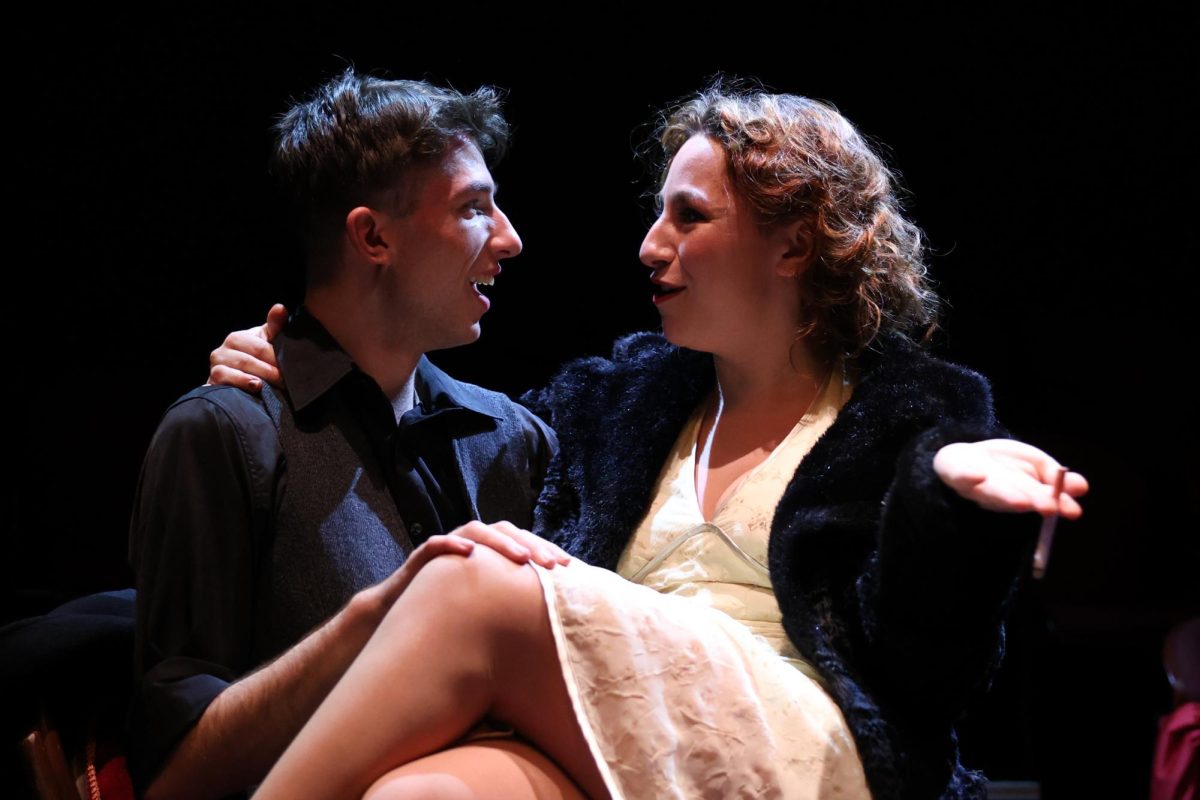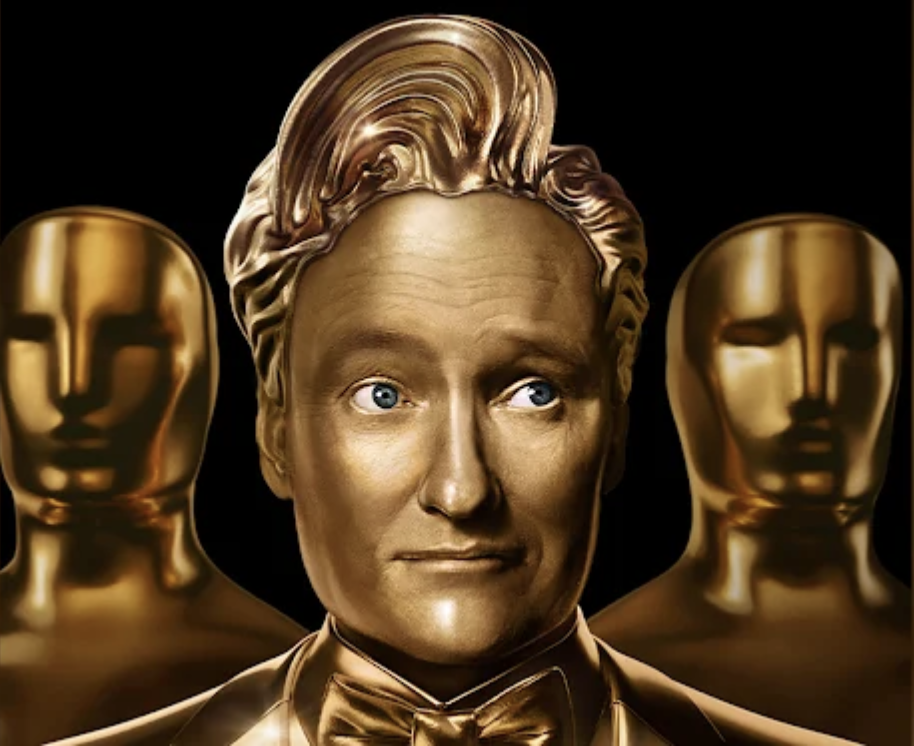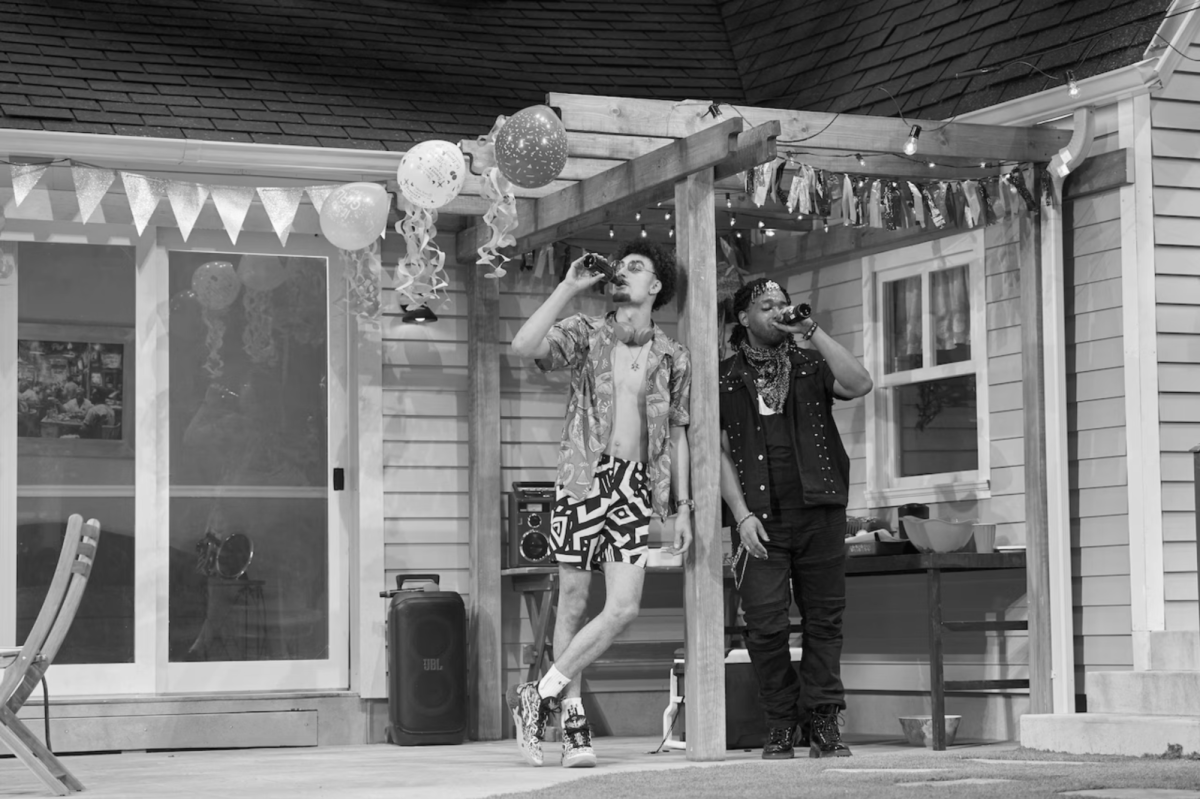The Theater Lab Series will present six sold-out shows of Cabaret from Nov. 16–19, under the direction of College fourth-year Anna Cohen and with choreography by College fourth-year Julia Hubbard for their senior capstone projects. The show is held in the Kander Theater, dedicated in 2018 to John Kander, OC ’51, who also provided the show’s score.
The show depicts life within and around the Kit Kat Klub, a cabaret bar in Berlin in 1930. American novelist Clifford Bradshaw, played by College second-year James Purcell, kindles a relationship with English cabaret singer Sally Bowles, played by College fourth-year Julia Maskin. His landlady, Fräulein Schneider, College second-year Finley Taylor, does the same with Jewish fruit shop owner Herr Schultz, College second-year Max Novik. They interact with the German smuggler Ernst Ludwig, played by College first-year Conrad Branch; prostitute Fräulein Kost, College second-year Lily Hessekiel; and of course, the cabaret girls and boys. As love unfurls on stage, exploring the sometimes ugly, sometimes exceptionally intimate aspects of human connection, so too does the political unrest in Berlin with the rise of the Nazi Party.
The Emcee of Cabaret is an enigmatic role, and in this version, Conservatory second-year Travis O’Daniel serves not only as the host and narrator, but also as the one instigating the violence and antisemitism that grips the show. For instance, when Fräulein Schneider and Herr Schultz discuss their increasingly dangerous affair, the Emcee drops a brick onto the ground with the word “Jude,” a harrowing moment that actualizes the once-dismissable threat of a changing political atmosphere. In this way, even the Emcee’s more lighthearted moments maintain an air of doom that is deeply unsettling.
Purcell brings Clifford Bradshaw from an awkward, innocent novelist to an impassioned lover. His emotions crescendo perfectly and drive the momentum of the musical — aggression begins in acts of playful intimacy, but escalates to slamming Sally onto the ground when she refuses to pack up and move to America shortly after discovering Ernst wearing a red armband that symbolized the Nazi Party. The following scene expands on Purcell’s range, as he then slaps Sally on the face after she tells him of her abortion before they finally go their separate ways. His handling of the character humanizes his desperation and fear in the face of the new reality that he is slowly waking up to.
Maskin was an absolute star. She inhabited the role of Sally Bowles with horrific honesty. Her performance of “Maybe This Time” encompassed the anxiety of love, motherhood, and self-worth, which she struggles with throughout the show. Hauntingly beautiful, her singing still maintained the angst necessary to portray such an uncomfortable character. In the titular song, the veil of truth can only cover so much as Maskin sings with desperation to an audience about how she will turn her back on Clifford and continue to live as normal. Maskin finds a balance between the frivolousness of life as a cabaret girl and a tolerance for the climate around her.
Even with the significance of the venue, the staging didn’t seem to be adapted to the smaller, more intimate space of a black box theater. The bar top functioned effectively as a stage, but at some points in the larger group numbers, by no fault of the cast, the choreography did not feel completely in sync because there was little room to move around. For instance, in the song “Money,” already inherently chaotic and dramatic, the music and dance didn’t seem to be coordinated until the very end. Perhaps this was in part due to the fact that the pit band plays from above the theater, invisible from the stage and filtered through a speaker at times too loud for the unmic-ed singers. Throughout the show, the fear that a heeled performer would fall off the curved bar top remained a distraction.
Images of eyes saturated the theater — projected on the floor and the walls, painted on the set, and stamped onto our hands. The motif seemed to pay homage to Expressionist Weimar-era film. In true cabaret fashion, the eyes invoke a question of performance, of voyeurism. What does it mean to be watched? In a particularly poignant moment toward the end of the show, our frightening Emcee-turned-Nazi-officer shines a flashlight through the audience and the lights turn on, snapping us into our reality. With this, the musical is compelling to watch especially today. Just recently, the Ohio House introduced a ban on “adult cabaret performances” as part of a national campaign against drag and cabaret performances. This version of Cabaret makes it clear what’s at stake if we don’t open our eyes.














